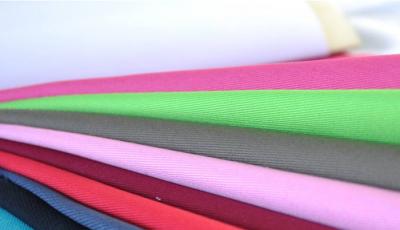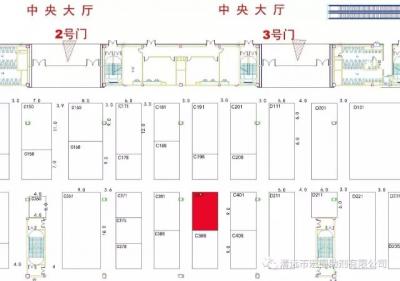Leveling agents can be classified into two categories according to affinity
1. Fiberphilic type:Fiberphilic type leveling agents are based on plasticizing the fibers to accelerate the diffusion of dyes in the fibers, increase the dye uptake and desorption rates, and achieve leveling by enhancing the migration of dyes.
But this kind of leveling agent not only does not play a leveling role in the initial stage of dyeing but also promotes the uneven dyeing. Only when the dyeing time is prolonged and the migration rate is accelerated, can the leveling effect be achieved.
2.Dyes substantive Leveling agent
Dyes substantive leveling agent can form associations with dyes, which can increase the aggregation of dye molecules, slow down the adsorption of dyes on fibers, and reduce the dyeing rate, thus achieving leveling effect. However, the leveling agent may have poor dispersibility at high temperature.
Leveling agents are classified according to ionicity:
1.Anionic: Anionic disperse leveling agent can form a strong negative charge layer on the surface of dye particles, and form a stable dispersion state due to the strong electrostatic repulsion between charged dye particles. Therefore, it has good dispersion stability and good dispersion.2.Non-ionic: Non-ionic leveling agents are generally surfactants with asymmetric amphiphilic structure and have good retarding properties.
3.Carrier type: Carrier mainly plasticizes the fibers, relaxes the structure of the fibers, thus increasing the diffusion rate of dyes in the fibers, and gains level dyeing by improving the diffusibility and transportability of dyes.



 English
English  日本語
日本語  Español
Español  tiếng việt
tiếng việt  Türkçe
Türkçe  ไทย
ไทย  українська
українська  हिंदी
हिंदी  বাঙালি
বাঙালি  اردو
اردو 


